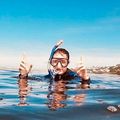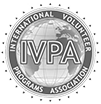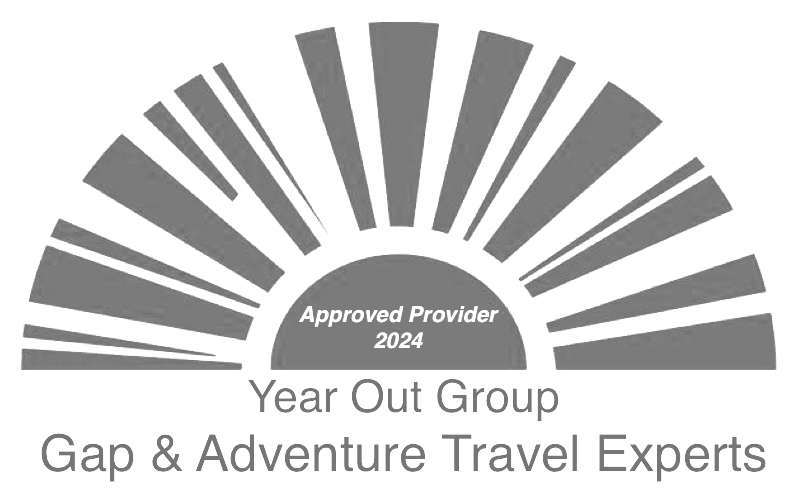Highlights
- Learn about and practice ocean conservation techniques together with biologists and conservationists and apply them first-hand in the field.
- Volunteer on the water – with dolphins, sharks, seals and whales.
- Be involved in community education programmes.
- Live and work in a beautiful seaside town.
- Experience the Garden Route’s natural beauty.
- Enjoy a variety of activities outside of the project: Bloukrans Bungy (the world’s highest commercial bridge bungee jump), waterfall zipline, elephant & snake sanctuaries, wine estates, skydiving, adventure boating, kloofing, kayaking, etc.
- Make new friends from all over the world.
Project Information
The Ocean Conservation project is part of a volunteer community dedicated to marine conservation in South Africa. Like many conservation projects, this organisation depends on the willingness of others to contribute their time and dedication to further volunteering and conservation ethics, which go hand in hand for a better future.
This project found its humble beginnings during a conversation between two friends in the Plettenberg Bay area when they noticed silverfish, a staple in the dolphin diet, being caught by foreign boats in the distance. In the weeks following, dolphins began to disappear from the bay. Not surprisingly, the cause for their disappearance was the dissipating food source; silverfish were almost removed from the bay entirely by fisherman.
This event raised many concerns for the citizens of the local community in Plettenberg Bay, which is home to some of the most diverse marine wildlife, including bottlenose dolphins, humpback dolphins, common dolphins, orca whales, humpback whales, southern right whales and great white sharks. In response to these concerns, the Ocean Conservation project created an education wing to add to their pre-existing marine eco-tourism company. This addition focused on marine education, conservation, and research, and was aptly named Ocean Conservation. When the program first started in 2001, its main goal was to create a bay management plan with the help of its first research students. A partnership was arranged with the government organization, Cape Nature, to police the bay. The Ocean Conservation project provided the needed equipment and Cape Nature enforced the law in the area. Within a couple of months, no illegal boats could be found in the bay. The Plettenberg Bay municipality eventually accepted this plan, and the Ocean Conservation project has since continued to monitor the bay under the supervision and guidance of many universities and governmental institutions.
It wasn’t long before the community started noticing improvements and expressing curiosity about the different “works in progress” at the foundation. The local interest and desire to help the Ocean Conservation cause snow-balled into what is now the volunteer programme, where people from all over the world come to dedicate their time and help progress education, research, and conservation initiatives.
Your role
Monday - Friday, from 08:00 to 17:00 (on a Friday afternoon you often finish at 13:00).
On some days, you can be on the water as early as 06:00. Evenings and weekends are your leisure time. Some days involve more work and longer hours, while others move at a leisurely pace. Planned activities can change at a moment’s notice, especially if the weather turns or something exciting, like a marine mammal stranding, comes along.
The project involves a conservation and community focus. Many of the activities happen on a weekly basis, but some are more irregular. Depending on the length of your stay and level of experience, the project may ask you to take on more responsibility where you will perform a larger portion of the work and even train new volunteers.
Environmental activities (all boat trips are weather dependnt):
- Opportunistic boat-based surveys with a whale watching company
- Shark and ray video monitoring
- Shark and ray egg case hunting
- Marine mammal stranding response and necropsy
- Opportunistic boat-based surveys of the Cape fur seals in the Keurbooms Estuary
- Seal population monitoring
- Seal-shark interaction monitoring
- Clifftop monitoring of seals, sharks, whales, dolphins, tourism vessels and anglers
- Beach surveys & beach clean-ups
- Aquarium maintenance, bait collection, and fish capture
- Hikes and walks
- Data capturing/processing/entry
Community activities:
- assisting at a Pre-School Crèche (disadvantaged children)
It is important to note that this description serves as an example only. The daily tasks and challenges depend on the volunteer, the time of the year and the work that needs to be done. The final job description can therefore vary substantially from the above.
Accommodation
You stay at the project’s volunteer house, which is located in Plettenberg Bay, minutes away from the beach. You are accommodated in dorm-style rooms (4 - 6 volunteers per room) with shared bathrooms (2 to 4 volunteers share a bathroom). With your fellow volunteers, you share communal areas like kitchens and living rooms.
The relaxed atmosphere at the volunteer house offers an amazing South African experience while still feeling very much like a home with many friendly faces. Often, volunteers join together for evening get-togethers that range from enjoying dinner prepared by the project's own cook, or going out to a restaurant for a casual drink in town.
The volunteer house is located within easy walking distance from two shopping centers with a variety of shops and restaurants.
Free Wi-Fi as well as a laundry service and satellite TV are available.


























